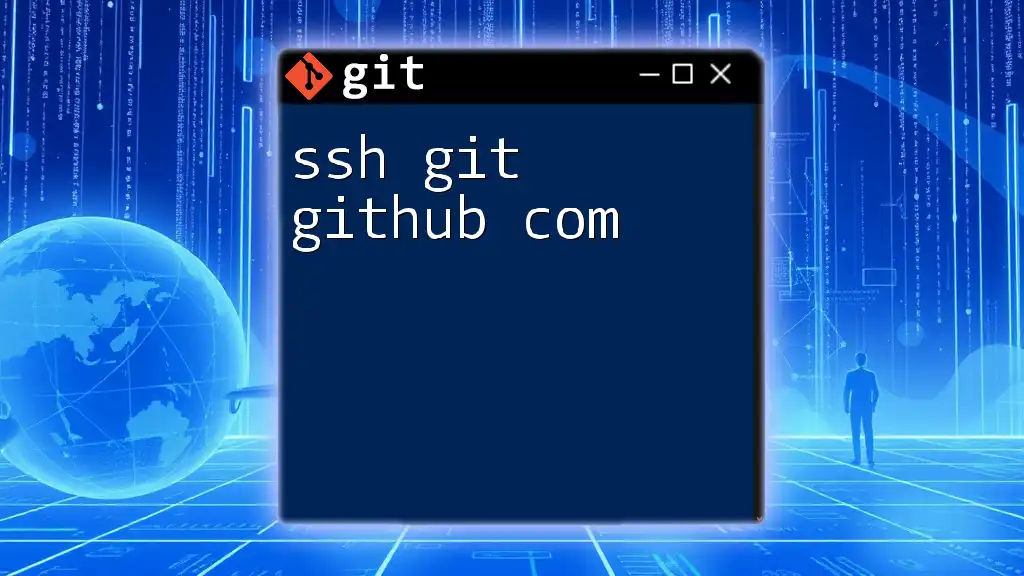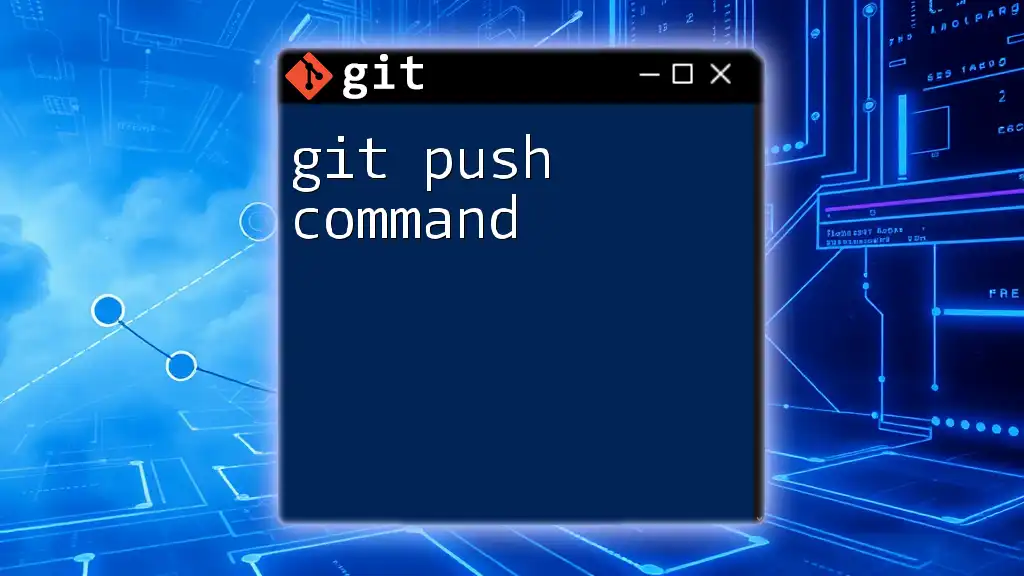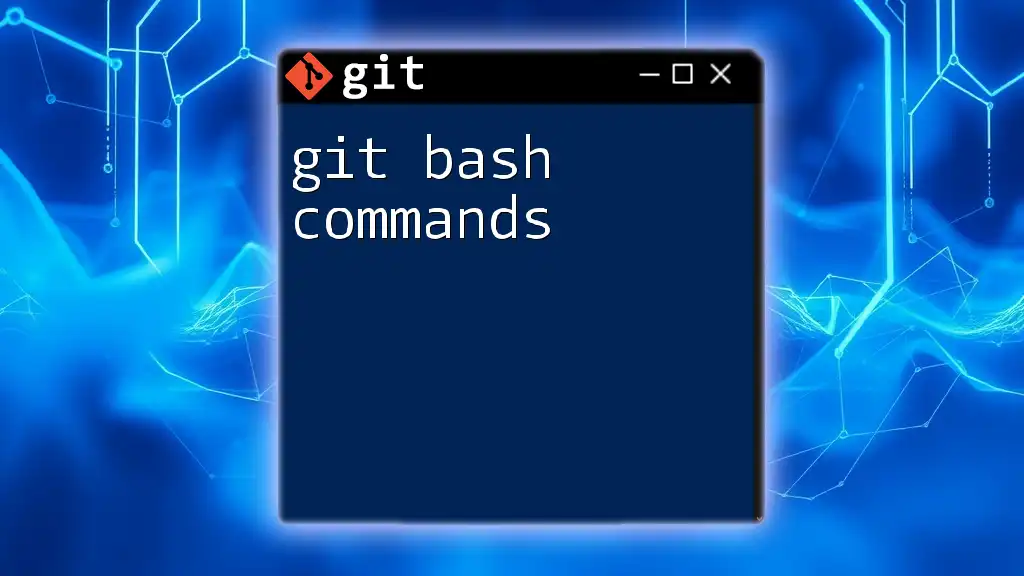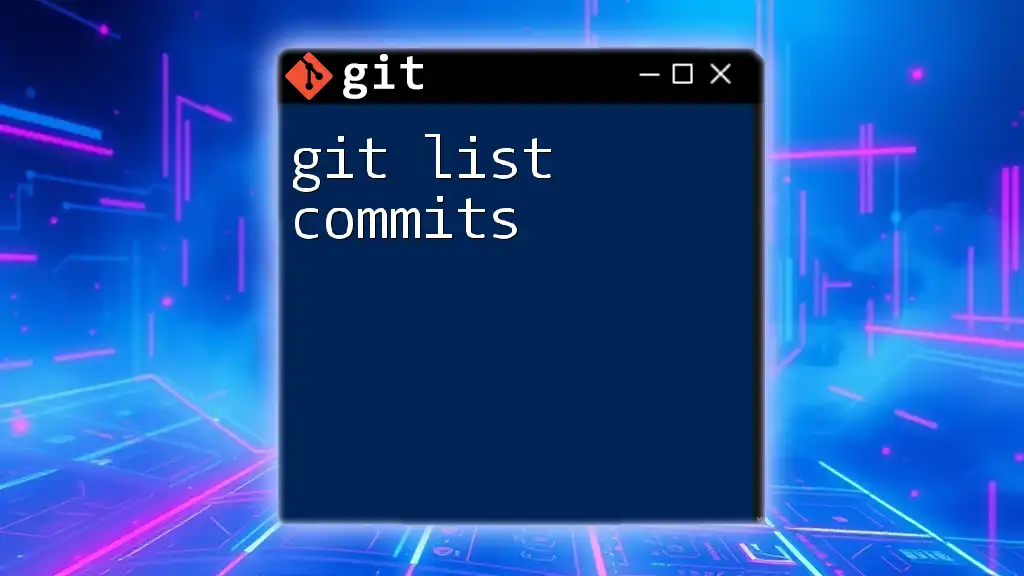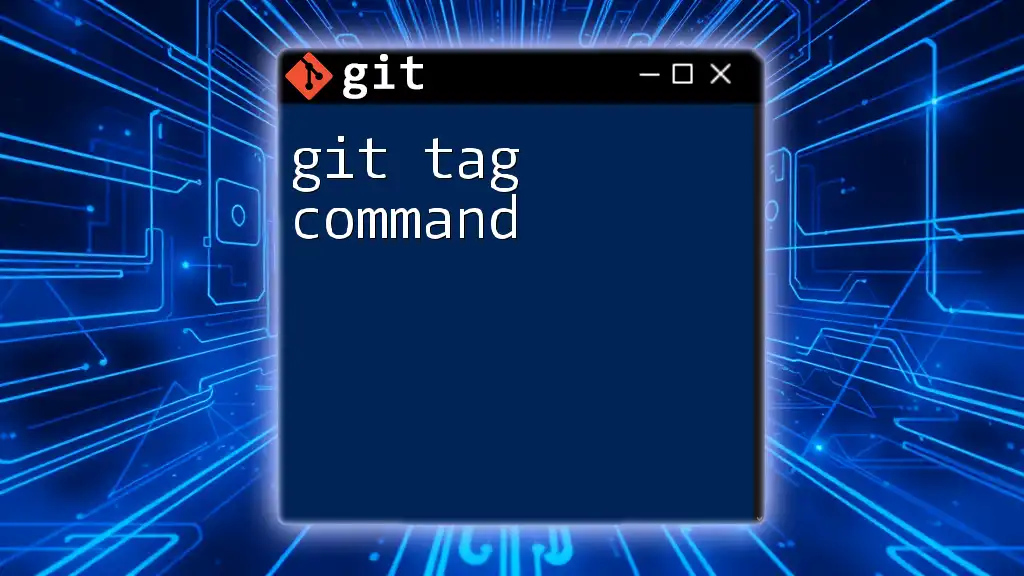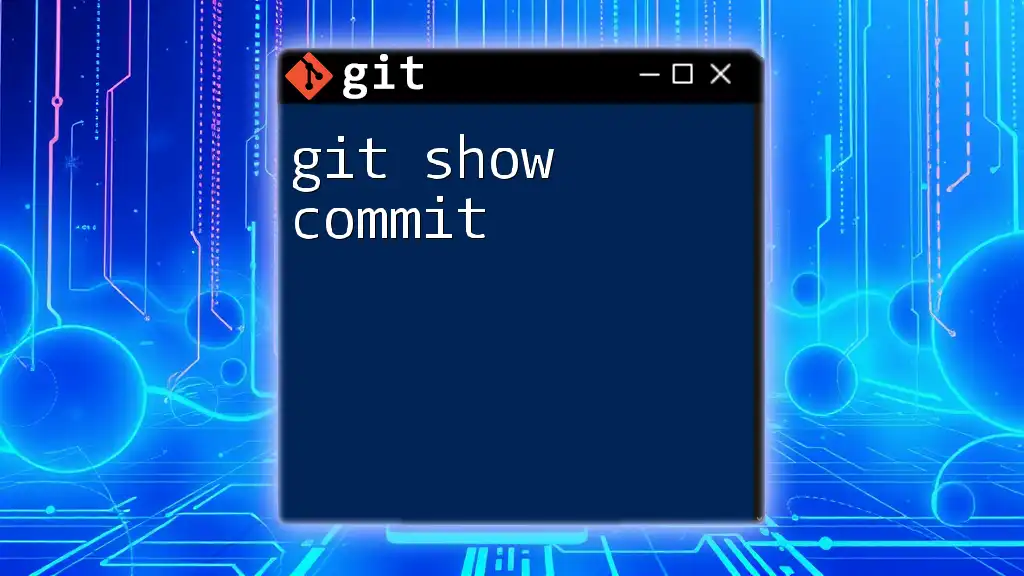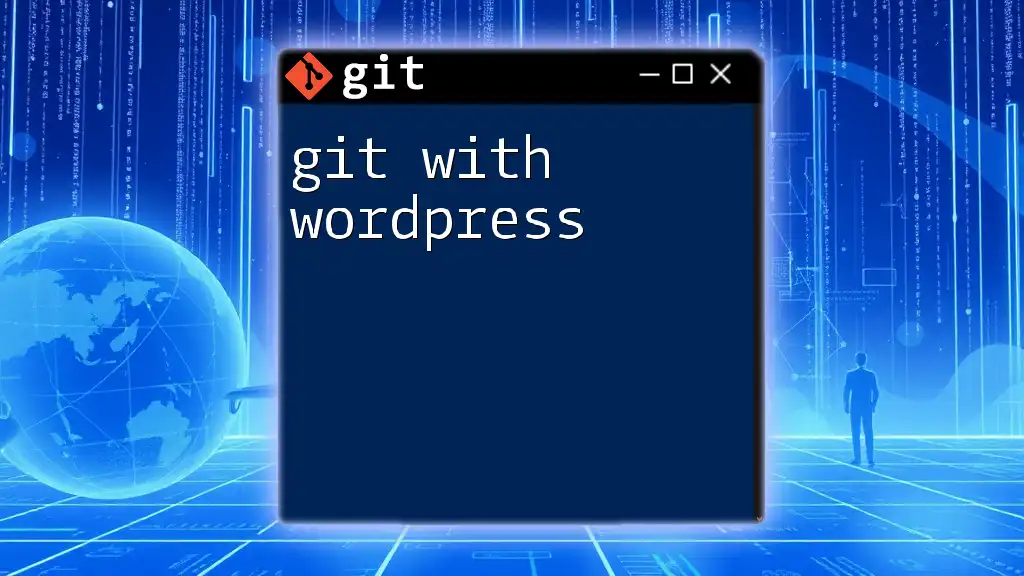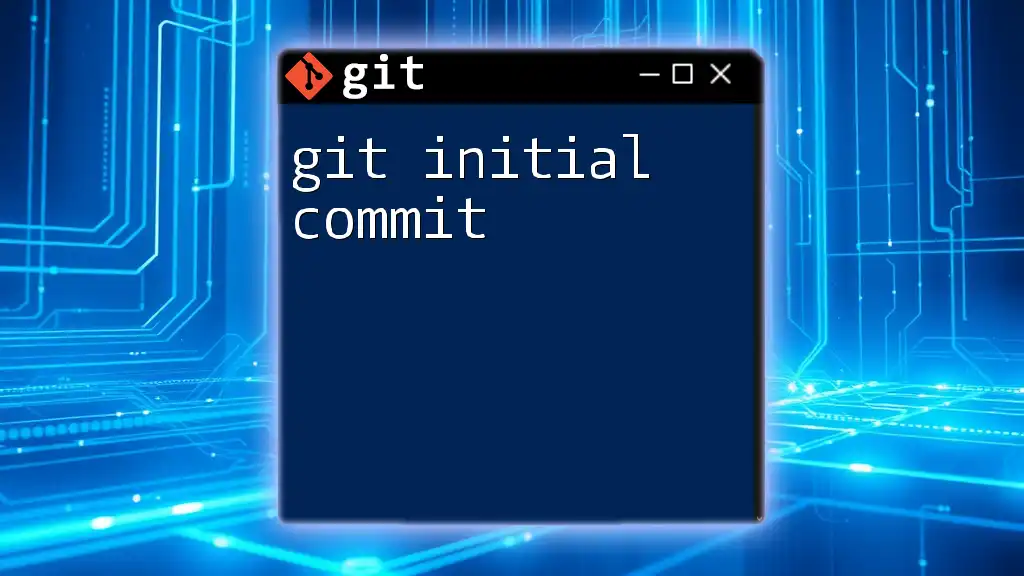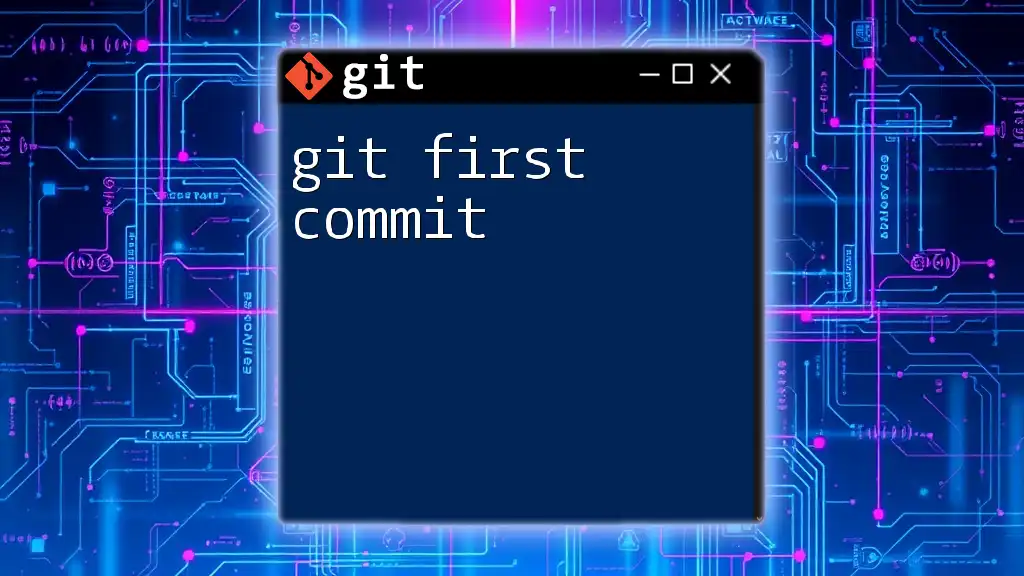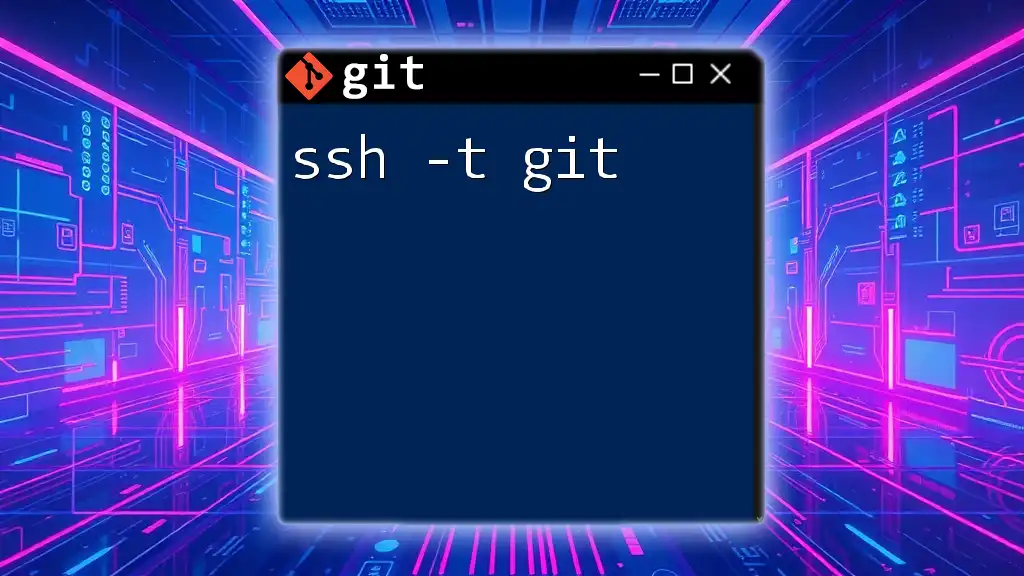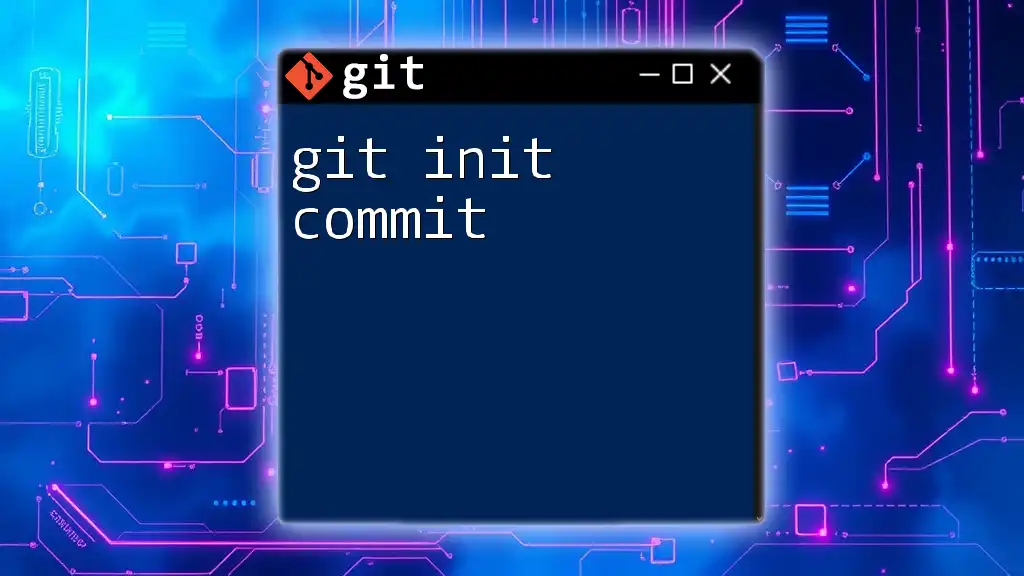The command "ssh git@github.com" is used to connect to GitHub via SSH, allowing you to securely communicate with your repositories without needing to enter your username and password each time.
ssh git@github.com
Understanding SSH
What is SSH?
SSH, or Secure Shell, is a cryptographic network protocol that allows secure communication over an unsecured network. It provides a way for users to access and manage their network devices securely. In the context of software development, particularly for version control systems like Git, SSH is crucial for secure connections to remote repositories, such as those found on GitHub.
How SSH Works
The operation of SSH can be boiled down to a series of steps known as the SSH handshake. When a client (your machine) attempts to connect to a server (like GitHub), several security checks take place:
- Authentication: The client presents a public key to the server.
- Encryption: The server, recognizing the public key, allows the connection, and a secure encrypted tunnel is established.
- Data Transfer: All data sent through the tunnel is encrypted, safeguarding it from eavesdropping.
This process ensures that your communications with GitHub remain private and secure.
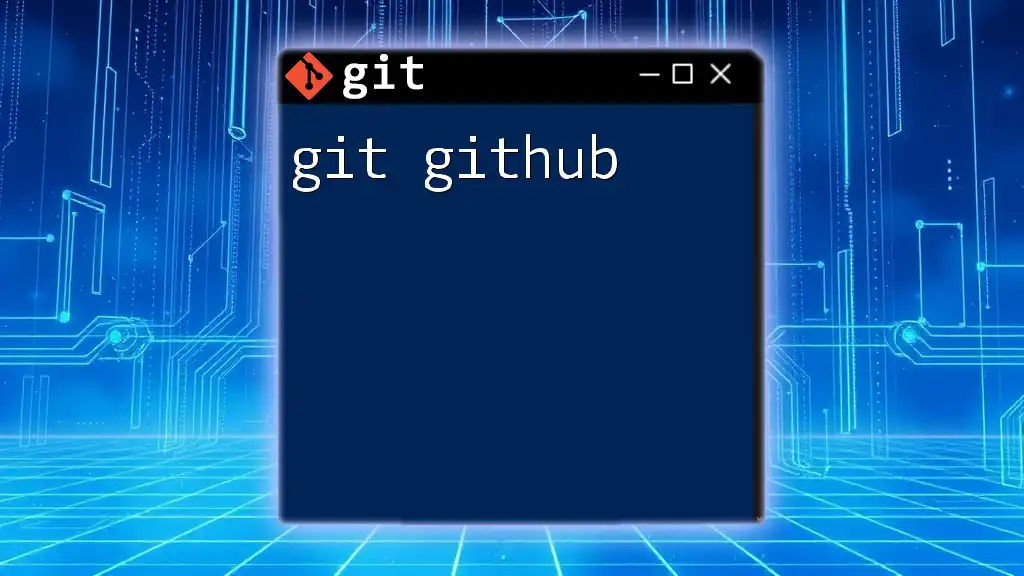
Setting Up SSH for GitHub
Creating an SSH Key
To start using SSH for your GitHub connections, you'll need to create an SSH key pair. This key pair consists of a public key (which you share) and a private key (which you keep secret).
To generate an SSH key, open your terminal and run:
ssh-keygen -t rsa -b 4096 -C "your_email@example.com"
- `-t rsa` specifies the type of key to create (RSA).
- `-b 4096` defines the number of bits in the key (4096 bits is recommended for strong security).
- `-C` allows you to add a label, typically your email, to remember the key’s purpose.
When prompted, you can press enter to accept the default file location or provide a custom path. You may also specify a passphrase to add an extra layer of security.
Adding Your SSH Key to the SSH Agent
The SSH agent is a program that keeps track of your private keys and facilitates secure connections without requiring you to input your passphrase repeatedly.
To ensure the SSH agent is running, use the following command:
eval "$(ssh-agent -s)"
Upon starting the agent, add your newly created SSH key with the command:
ssh-add ~/.ssh/id_rsa
This command adds your private key (usually named `id_rsa`) to the SSH agent for seamless access.
Adding the SSH Key to Your GitHub Account
The next step is to add your SSH public key to your GitHub account. This process allows GitHub to authenticate your requests.
First, copy your SSH public key to your clipboard with this command:
cat ~/.ssh/id_rsa.pub
Next, log in to your GitHub account, navigate to Settings, and locate the SSH and GPG keys section. Click on New SSH Key and paste your key into the provided field. Give it a title to identify the key easily, and save the changes.
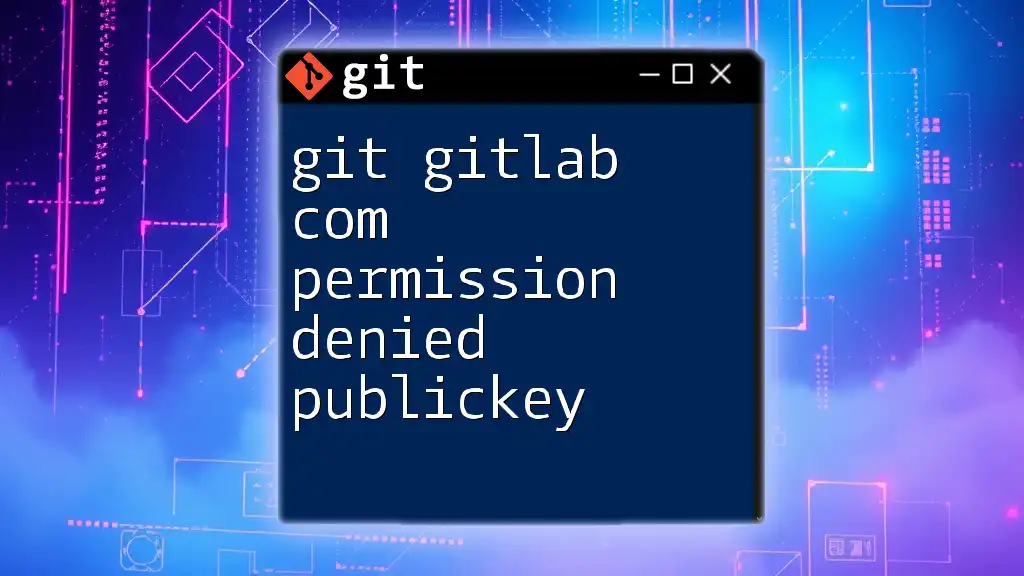
Configuring Git to Use SSH
Updating Your Git Remote URL
In Git, each repository has a remote URL that specifies where your code is hosted. If you've previously cloned your GitHub repository using HTTPS, you'll want to switch to SSH for better security.
To update your remote URL, use the following command:
git remote set-url origin git@github.com:username/repository.git
Be sure to replace `username` and `repository` with your actual GitHub username and the name of your repository.
Testing Your SSH Connection to GitHub
Once you've configured everything, it's important to verify that your SSH setup works correctly. Run the following command to test the connection:
ssh -T git@github.com
If you've set everything up correctly, you should see a message similar to:
Hi username! You've successfully authenticated, but GitHub does not provide shell access.
If you encounter errors, troubleshooting becomes essential to resolving connection issues.
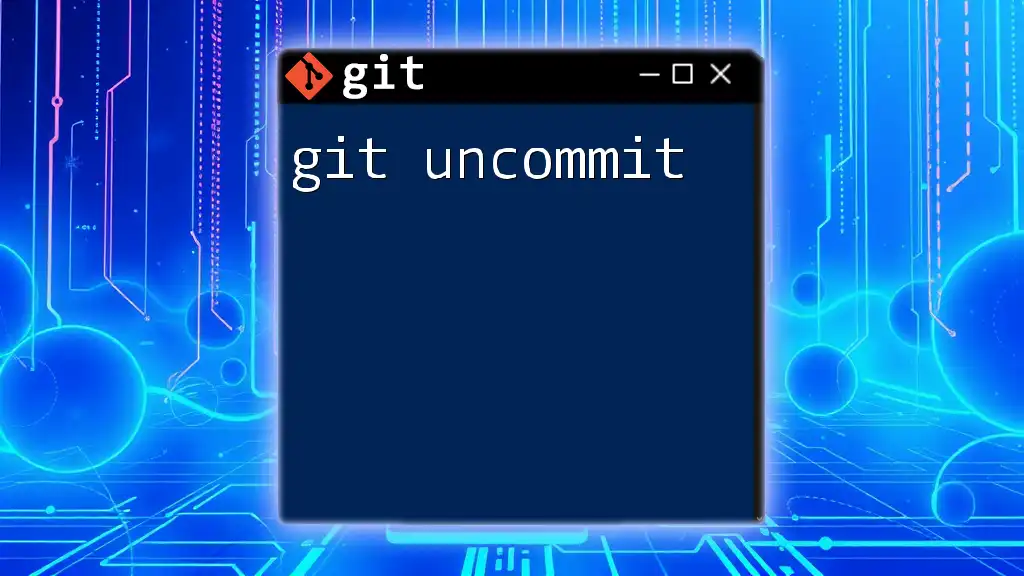
Common SSH Issues and Fixes
Permission Denied (Publickey)
One of the most common errors is "Permission denied (publickey)." This error usually indicates an issue with your SSH key configuration. Ensure that:
- Your public key is correctly added to your GitHub account.
- The SSH agent is running and your private key is added.
- The correct key is being used if you have multiple keys.
Host Key Verification Failed
Another potential error you may encounter is "Host key verification failed." This error suggests that the SSH client cannot verify the identity of the server. To resolve this, you can remove the server's entry from the `known_hosts` file by executing:
ssh-keygen -R github.com
Next, reattempt to connect to GitHub, and it will prompt to verify the host key again.
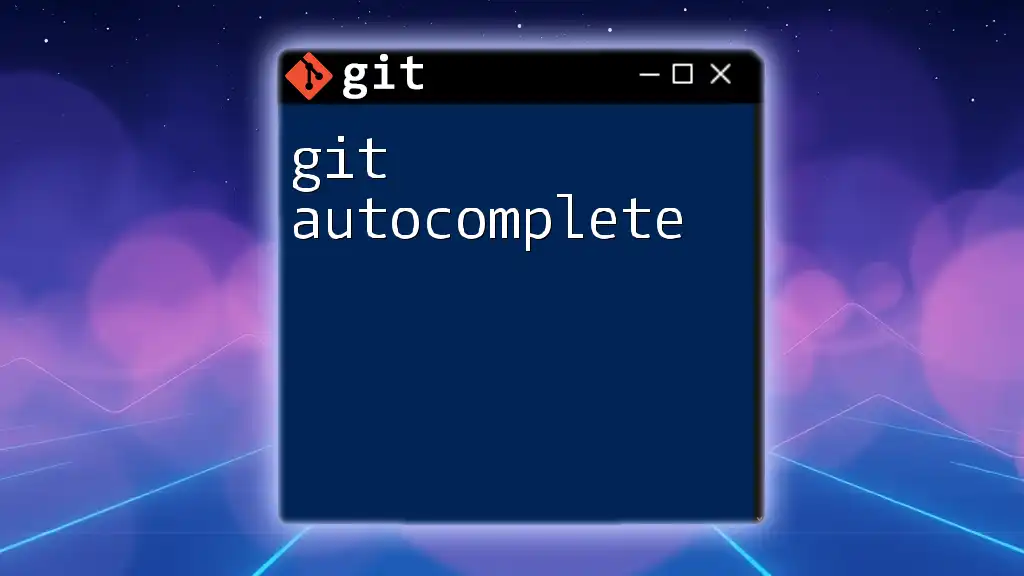
Best Practices for Using SSH with GitHub
Regular Key Rotation
To maintain security, it's essential to change your SSH keys periodically. This practice reduces the risk of key compromise. A common recommendation is to perform key rotation at least once a year.
Limiting SSH Key Access
When managing your SSH keys, especially if working on multiple devices, consider generating different keys for each device and project. This way, you can revoke access to a specific key if needed without affecting others.
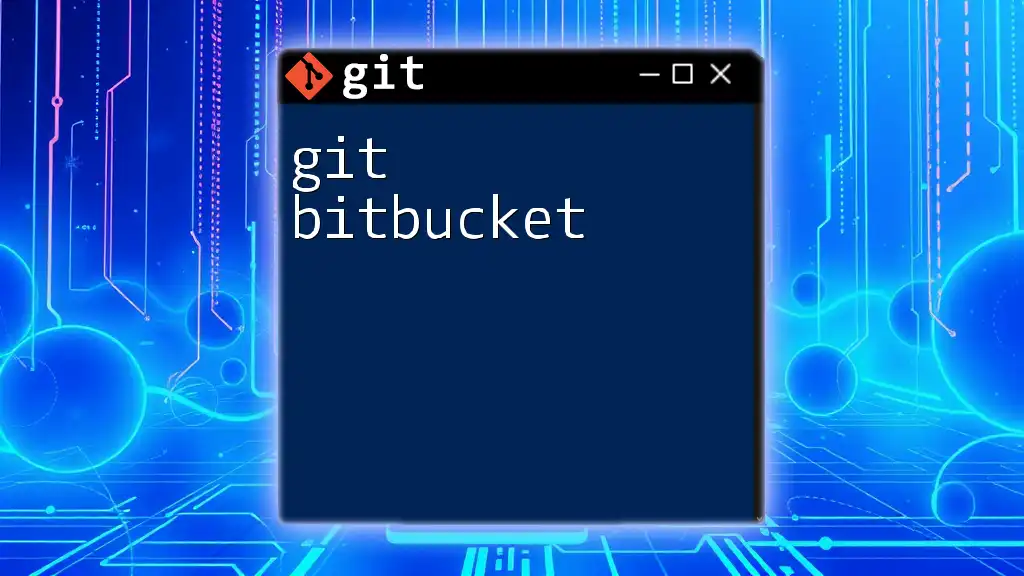
Conclusion
Using ssh git github com establishes a secure connection between your local environment and GitHub, enhancing the safety of your development workflow. By following the outlined steps to set up SSH, configuring your Git settings, and implementing best practices, you'll ensure a smooth and secure coding experience. Remember, the key to mastering Git commands lies in practice and exploration, so don't hesitate to dive deeper into SSH and GitHub functionalities!
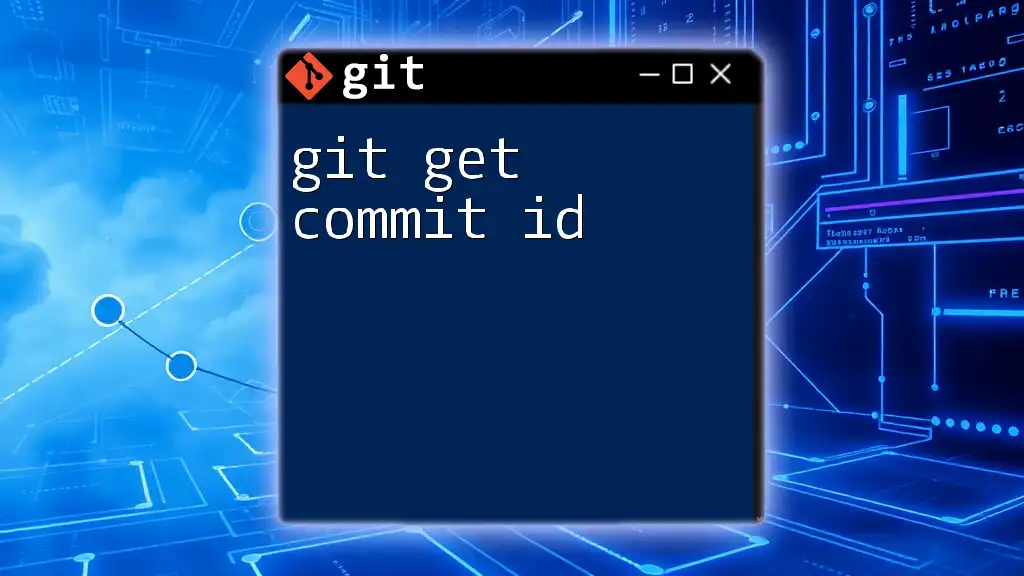
Additional Resources
For more detailed guidance, visit the official GitHub documentation on SSH. Explore tools designed to manage SSH connections efficiently, and continue your learning journey with additional resources related to Git commands and workflows.

